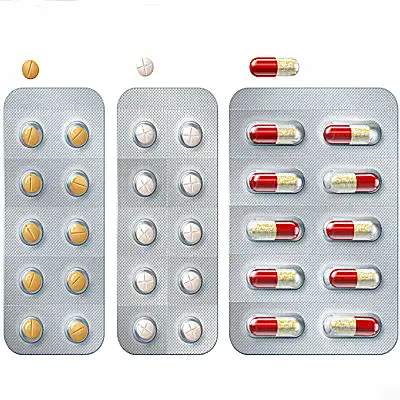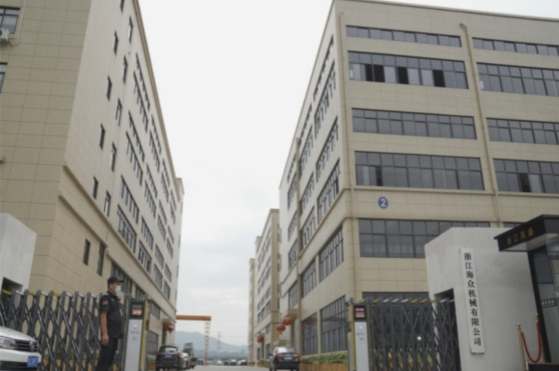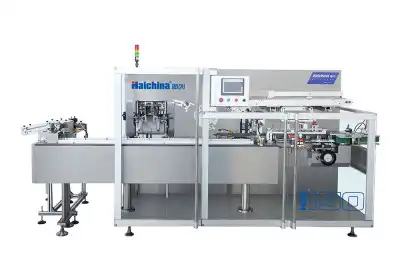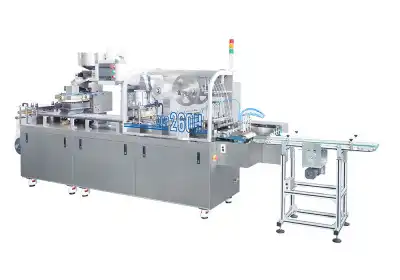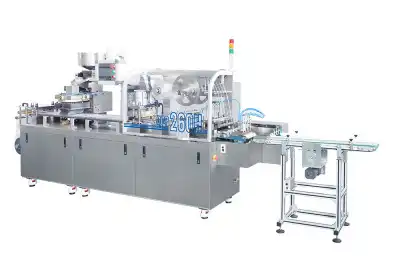Material Selection and Package Structure
Choosing the Right Plastic for Blister Formation
The selection of appropriate plastic materials for blister packaging, which are processed using a blister packaging machine, is paramount to its success. Polyvinyl chloride (PVC) remains a popular choice due to its excellent formability and clarity. However, alternatives like polyethylene terephthalate (PET) and polypropylene (PP) are gaining traction for their improved recyclability and barrier properties. When choosing a material, consider factors such as moisture resistance, oxygen permeability, and chemical compatibility with the product. The thickness of the plastic sheet also affects the package's durability and ability to withstand handling during transportation and storage.
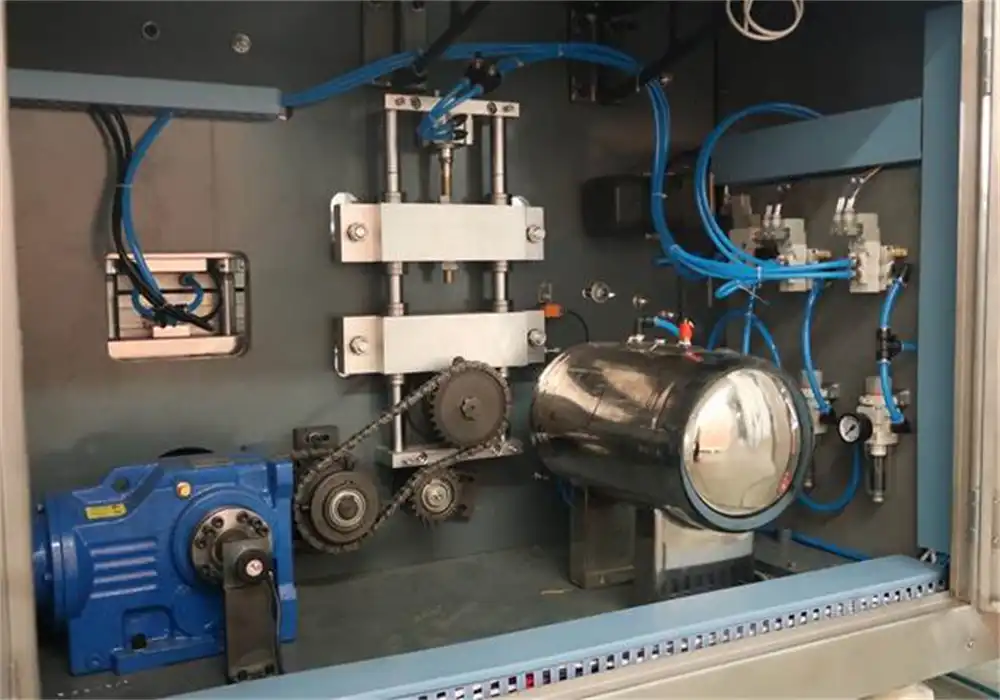
Lidding Material Considerations
The lidding material seals the blister cavity and plays a crucial role in maintaining product integrity. Common options include aluminum foil, paper-backed foil, and plastic films. Each material offers different benefits in terms of barrier properties, printability, and ease of opening. For pharmaceuticals, child-resistant and senior-friendly designs are often required, necessitating specific lidding materials and sealing techniques, which are applied using a blister packaging machine. The compatibility between the blister and lidding materials is essential for achieving a reliable seal and preventing delamination.
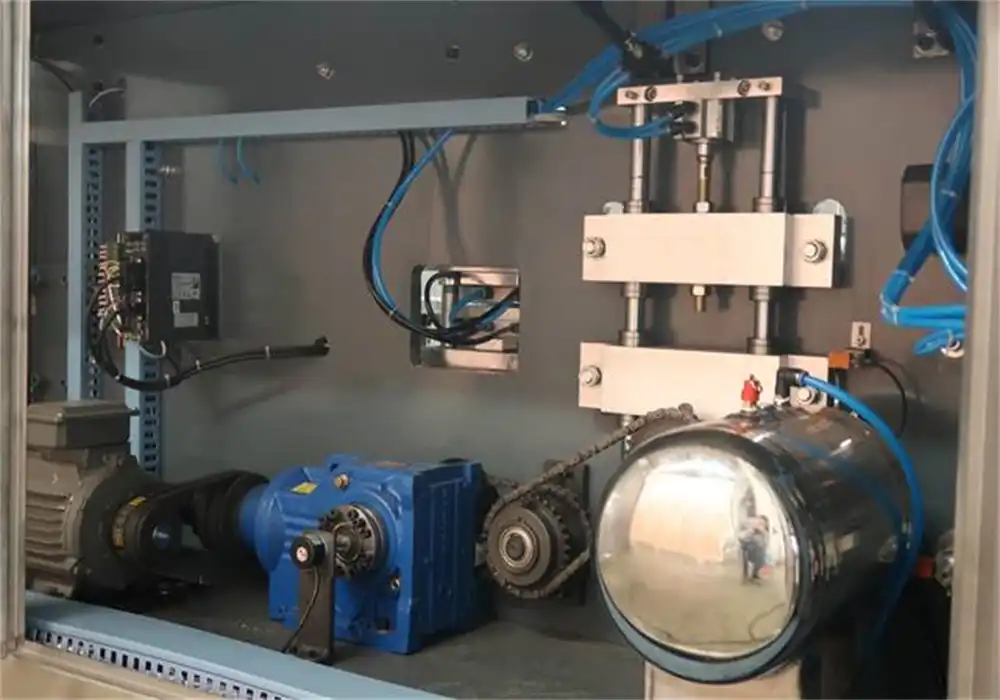
Structural Design for Product Protection
The structural design of the blister package, created using a blister packaging machine, must provide adequate protection for the enclosed product. This involves carefully shaping the blister cavity to cradle the item securely while allowing for easy removal. Consider incorporating features like corner radii to enhance strength and reduce the risk of stress cracking. For fragile items, additional cushioning or compartmentalization within the blister may be necessary. The overall package dimensions should also account for any secondary packaging requirements and retail display considerations.

Manufacturing and Automation Considerations
Blister Packaging Machine Compatibility
The design of blister packaging must align with the capabilities of the blister packaging machine to be used in production. Modern blister packaging equipment offers various forming techniques, including thermoforming, cold forming, and pressure forming. Each method has its advantages and limitations, affecting the achievable package shapes and production speeds. Consider the machine's format size, cycle time, and changeover requirements when designing your packaging. Flexibility in design can allow for easier adaptation to different blister packaging machine models, potentially increasing production efficiency.
Sealing Process and Quality Control
The sealing process is critical for ensuring package integrity and product safety. Heat sealing is commonly used, but alternatives like radio frequency (RF) sealing may be preferred for certain materials. The sealing parameters, including temperature, pressure, and dwell time, must be optimized for the specific material combination. Incorporate features in the package design that facilitate quality control measures, such as seal integrity testing and vision inspection systems. This may involve adding specific seal geometries or inspection zones to the package layout.
Automation and High-Speed Production
As production volumes increase, the need for automation becomes more pronounced. Design your blister packaging with high-speed production in mind, considering factors like material flow through the blister packaging machine, package orientation, and stacking capabilities. Features such as indexing holes or registration marks can aid in precise alignment during the manufacturing process. Additionally, consider how the package design affects downstream processes like cartoning and case packing to ensure smooth integration into the entire packaging line.
Consumer Experience and Regulatory Compliance
User-Friendly Opening Mechanisms
The ease of opening blister packaging, which is often influenced by the precision of the blister packaging machine, significantly impacts consumer satisfaction. While maintaining product security, incorporate features that facilitate easy access to the contents. This may include tear notches, peel-open corners, or push-through designs. For pharmaceuticals and medical devices, consider the dexterity requirements of the target user group, especially for elderly or impaired individuals. Balancing security with accessibility often requires innovative design solutions and thorough user testing.
Product Visibility and Branding Opportunities
Blister packaging, produced using a blister packaging machine, offers excellent opportunities for product visibility, which can be a powerful marketing tool. Design the package to showcase the product's features and enhance its perceived value. Consider how the blister shape and material clarity can highlight unique aspects of the item. Additionally, maximize the available surface area for branding and essential product information. This may involve creating extended flange areas for printing or incorporating card inserts for additional graphics and text.
Regulatory Compliance and Tamper Evidence
Many industries, particularly pharmaceuticals and food, have strict regulatory requirements for packaging. Ensure your blister package design complies with relevant standards for material safety, labeling, and tamper evidence. Incorporate features that clearly indicate if the package has been opened or compromised, such as perforated seals or holographic stickers. For pharmaceutical applications, consider serialization requirements and how they will be implemented on the packaging. Collaboration with regulatory experts during the design phase can help avoid costly revisions later in the development process.
Conclusion
Designing effective blister packaging requires a holistic approach that considers material properties, manufacturing processes, consumer needs, and regulatory requirements. By carefully evaluating factors such as material selection, package structure, blister packaging machine compatibility, and user experience, manufacturers can create packaging solutions that protect products, enhance brand appeal, and meet industry standards. As technology and consumer preferences evolve, staying informed about the latest innovations in blister packaging design and production will be crucial for maintaining a competitive edge in the market.
Contact Us
For more information about our blister packaging machines and custom packaging solutions, please contact us at [email protected]. Our team of experts at Zhejiang Haizhong Machinery Co., Ltd. is ready to assist you in developing the ideal packaging for your products.
